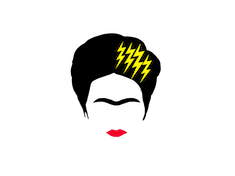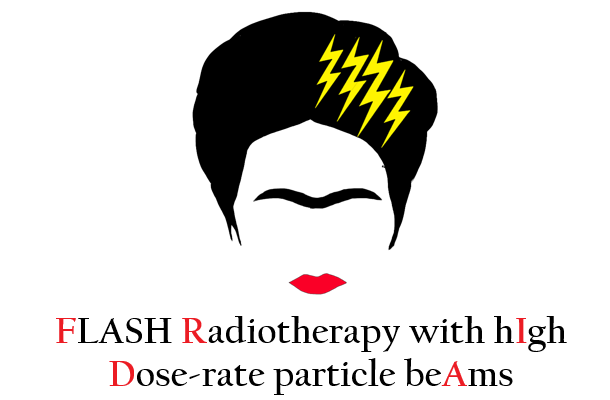|
The external beam radiotherapy research community is currently experiencing an exciting time: experimental evidence is growing, supporting the evidence of a considerable normal tissue sparing effect when treatments are delivered with dose rates much larger (100 times or more) with respect to the conventional ones. If confirmed, this so-called ‘FLASH effect’ has the potential to re-shape the future of radiation treatments especially with charged particles, with a significant impact on many oncology patients. |
|
The FRIDA (Flash Radiotherapy with hIgh Dose-rate particle beAms) project addresses several challenges posed by this potential revolution. A crucial task is represented by the mechanistic understanding and modeling of the effect. Another key ingredient is the necessary research and development phase in the acceleration and beam delivery fields to provide the required dose rates with a clinically acceptable precision. A final word on the FLASH effect will be said only if novel beam monitoring and dosimetry techniques capable of sustaining very high dose rates will be developed. Finally, software tools for FLASH treatments planning are needed to evaluate the technique potential and enable clinical applications. |
|
Within INFN and CSN5 activities, the knowhow and expertises needed to make a step forward in this field are presently available. Experiments will be carried out at FLASH beam facilities that are (or will be in the near future) available, complementing the multiscale FLASH mechanism modeling efforts. LINAC and laser-plasma techniques will be applied to the delivery of FLASH e- and p beams. Detection and monitoring techniques will be developed and tested, as well as the implementation of software tools needed for the simulation and treatment optimization tasks. All these contributions can be seen as steps towards the FLASH enabling technology. |
|
The FRIDA deliverables will place on solid grounds the future steps made when aiming for the FLASH effect confirmation or disprove and its possible clinical implementation |



